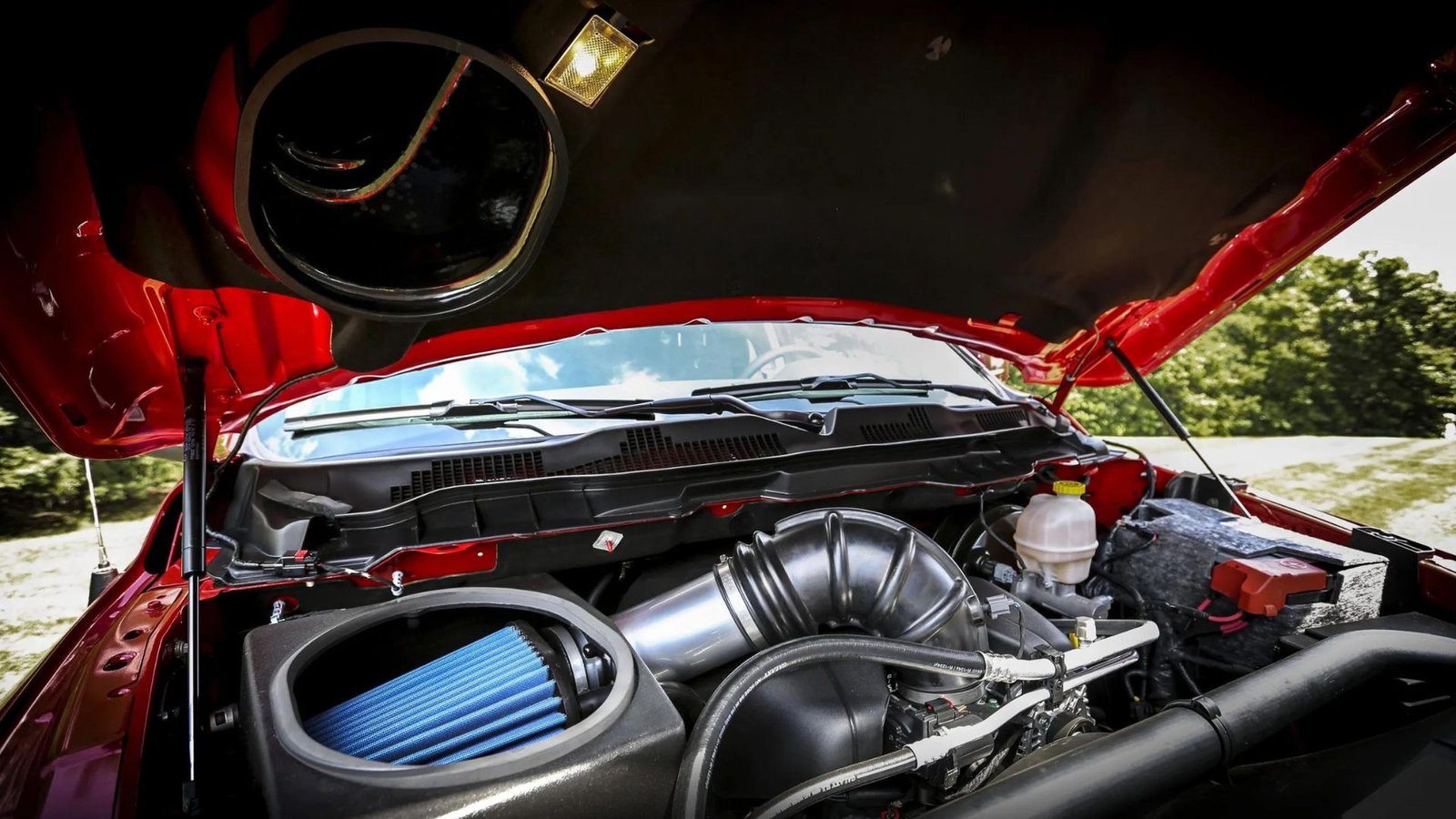Tuning your engine can significantly boost your vehicle’s performance, efficiency, and overall driving experience. Whether you’re aiming for more power, better fuel economy, or a smoother ride, understanding how to tune your engine is essential. This guide will walk you through the key steps and considerations for effectively tuning your engine to achieve optimal results.
Understanding the Basics of Engine Tuning
What Does Engine Tuning Involve?
Before diving into how to tune your engine, it’s crucial to understand what engine tuning entails. Engine tuning involves adjusting various parameters and components to enhance the engine’s performance. This can include modifying fuel delivery, ignition timing, and airflow to achieve desired outcomes. By optimizing these elements, you can improve horsepower, torque, and fuel efficiency.
Benefits of Engine Tuning
There are several benefits to tuning your engine. Primarily, tuning can lead to increased power and acceleration, making your vehicle more responsive. Additionally, a well-tuned engine can enhance fuel efficiency, reducing the frequency of refueling and lowering overall operating costs. Finally, tuning can contribute to a smoother and more enjoyable driving experience by improving engine performance and reducing vibrations.

Steps to Tune Your Engine
1. Assess Your Vehicle’s Current Performance
Before starting the tuning process, it’s important to assess your vehicle’s current performance. This involves measuring parameters such as horsepower, torque, and fuel consumption. Use a dynamometer or diagnostic tool to gather this data. Understanding your vehicle’s baseline performance will help you set realistic goals and track improvements as you tune your engine.
2. Update the Engine Management System
Updating the engine management system is a crucial step in how to tune your engine. Modern vehicles are equipped with an Engine Control Unit (ECU) that manages various engine functions. Reprogramming or upgrading the ECU can optimize fuel injection, ignition timing, and other parameters to improve performance. Many aftermarket tuners offer ECU remapping services or software to achieve these adjustments.
3. Adjust Fuel Delivery
Adjusting fuel delivery is another key aspect of tuning your engine. Ensuring the correct air-fuel ratio is essential for optimal performance. Too much or too little fuel can lead to inefficient combustion and reduced power. You can fine-tune fuel delivery by adjusting fuel injectors or installing a performance fuel pump. Additionally, using high-quality fuel can improve combustion efficiency and overall engine performance.
4. Modify Ignition Timing
Modifying ignition timing can significantly impact engine performance. Ignition timing refers to the moment the spark plug ignites the air-fuel mixture in the combustion chamber. Advancing or retarding the timing can affect power output and fuel efficiency. Use a timing light and consult your vehicle’s specifications to adjust ignition timing correctly. Keep in mind that changes in ignition timing should be tested to ensure they enhance performance without causing engine knock.
5. Improve Airflow
Improving airflow is essential for tuning your engine effectively. Enhancing the intake and exhaust systems can increase the amount of air entering and exiting the engine. Installing a high-performance air filter, cold air intake, or aftermarket exhaust system can boost airflow and improve engine efficiency. Additionally, ensuring that the engine’s breathing components are clean and free of obstructions can contribute to better performance.
Testing and Fine-Tuning
1. Conduct Road Tests
After making initial adjustments, conduct road tests to evaluate the changes. Pay attention to how the engine responds to acceleration, changes in throttle, and overall drivability. Testing helps identify any issues and allows for further adjustments to fine-tune the engine. Ensure that the vehicle performs as expected and that there are no signs of overheating or knocking.
2. Monitor Performance Metrics
Monitoring performance metrics is crucial for assessing the effectiveness of your tuning efforts. Use diagnostic tools or performance monitoring devices to track metrics such as horsepower, torque, and fuel efficiency. Comparing these metrics to your baseline data will help determine if the tuning modifications have achieved the desired results.
3. Make Adjustments as Needed
Based on your testing and monitoring, make any necessary adjustments to the tuning parameters. Fine-tuning may involve refining fuel delivery, ignition timing, or airflow to achieve optimal performance. Continual adjustments and testing ensure that your engine operates efficiently and reliably.
Conclusion
In summary, knowing how to tune your engine involves several key steps, including assessing current performance, updating the engine management system, adjusting fuel delivery, modifying ignition timing, and improving airflow. By following these steps and testing the results, you can enhance your vehicle’s performance and driving experience. Proper engine tuning not only increases power and efficiency but also ensures a smoother and more enjoyable ride.




